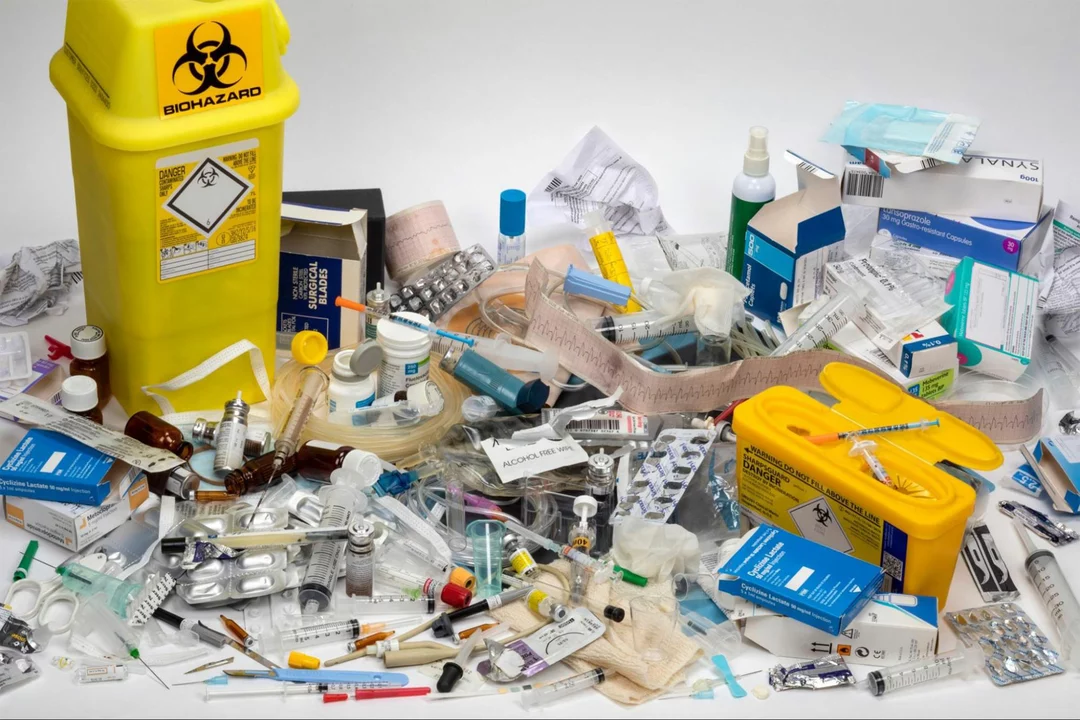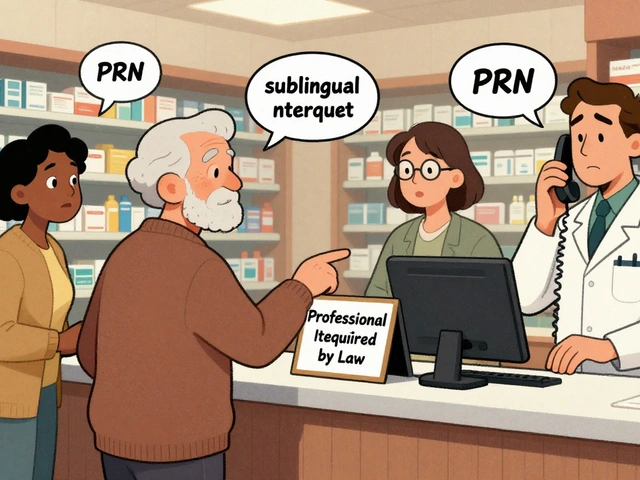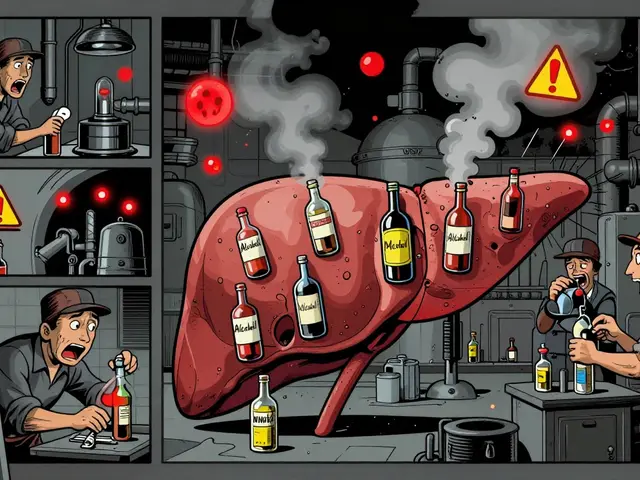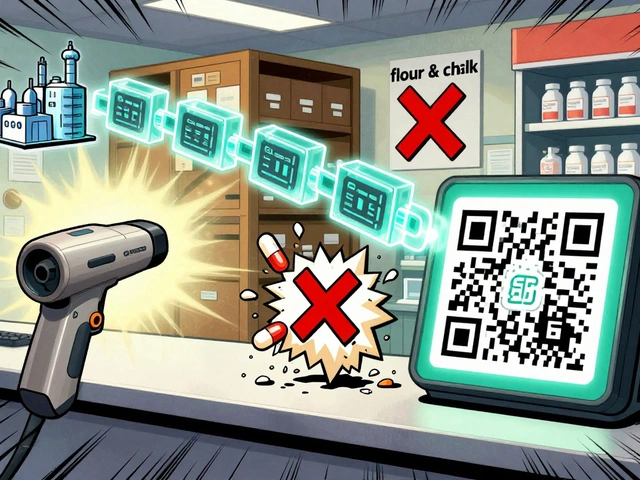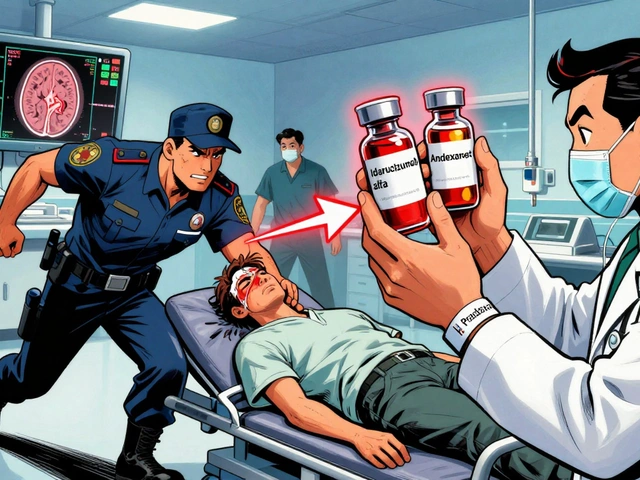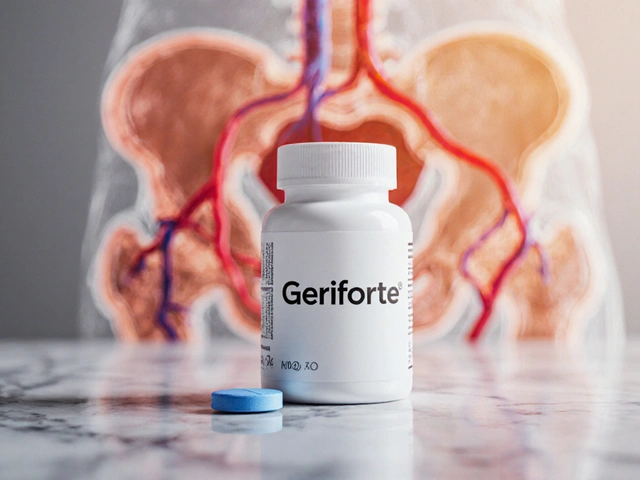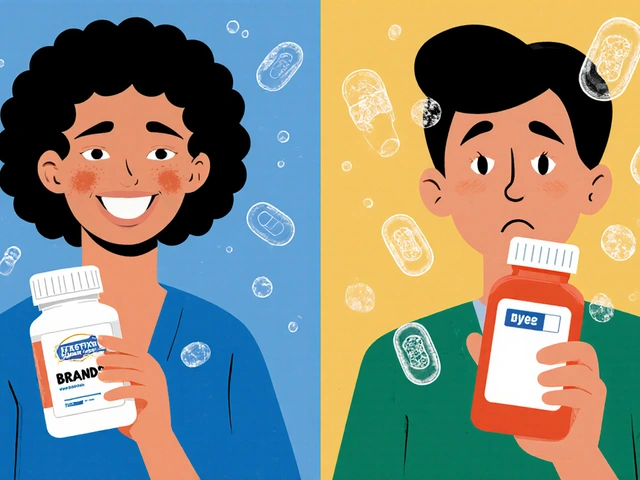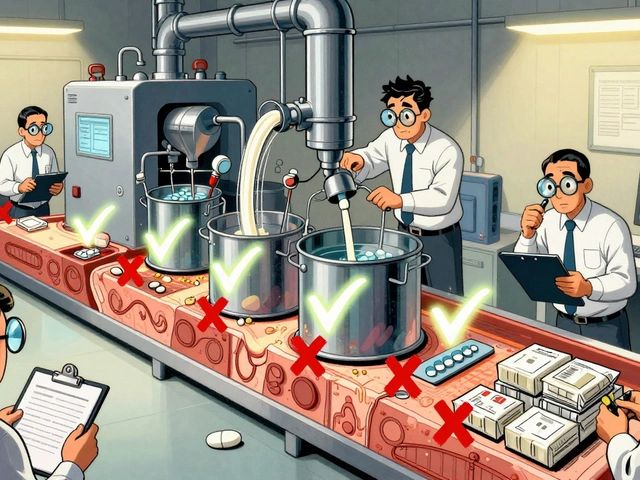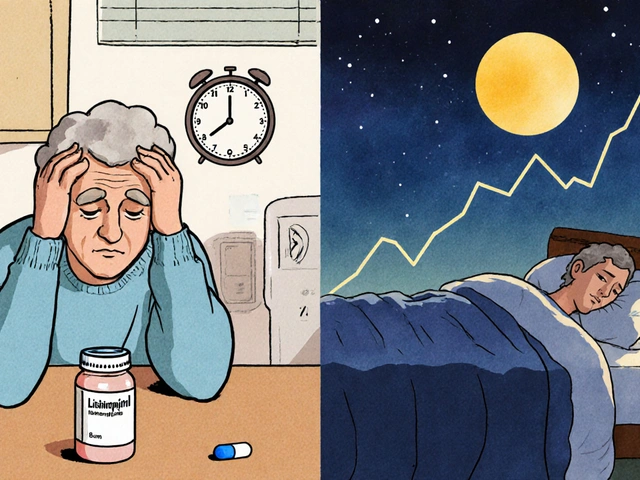Medication Storage Guide: Keep Your Pills Safe & Effective
Ever opened a bottle of pills and wondered if they’re still good? Storing medicines the right way isn’t rocket science, but it does make a big difference in how well they work. Below you’ll get simple tips you can start using today to protect your prescriptions.
Why proper storage matters
Most drugs are designed for a specific temperature range, usually between 68°F and 77°F (20°C‑25°C). Too much heat can break down the active ingredients, while cold can change the tablet’s shape or make liquids separate. Light is another sneaky culprit – exposure to sunlight can fade colors and reduce potency. In short, improper storage can turn a perfectly fine prescription into a less effective one.
Tips for safe home storage
1. Choose the right spot. Keep medicines in a cool, dry place away from windows, radiators, and kitchen sinks. A bedroom nightstand or a high cabinet works better than a bathroom shelf.
2. Use original containers. The bottle’s label, child‑proof cap, and desiccant packet are there for a reason. Transfering pills to another jar can expose them to moisture and make it harder to track expiration dates.
3. Mind the temperature. If you live in a hot climate, consider a small insulated cooler or a refrigerator (only if the label says it’s safe). For most oral meds, room temperature is fine – just avoid extremes.
4. Keep out of reach of kids and pets. Even “child‑proof” caps aren’t foolproof. Store everything high enough that curious hands can’t grab them.
5. Check expiration dates regularly. Set a reminder on your phone to review bottles every three months. Toss anything past its date – most pharmacies will take old meds back for proper disposal.
6. Protect from humidity. Bathrooms are humid, which can ruin tablets and powders. If you must store meds there, place the bottle in a sealed plastic bag with a silica gel packet (don’t eat the packet!).
7. Travel smart. When taking meds on the go, use a small insulated pouch if the journey involves heat. Keep them in your carry‑on rather than checked luggage to avoid temperature swings.
Following these steps doesn’t take much time, but it can save you from wasted prescriptions and unwanted side effects. Your health depends on getting the right dose – make sure storage isn’t the weak link.
If you ever doubt a medication’s condition, ask your pharmacist. They can tell you whether a drug needs special handling or if it’s safe to keep at home. Simple questions now can prevent problems later.
So next time you reach for that bottle, remember: cool, dry, out of sight, and checked regularly. Your meds will stay potent, your wallet stays happy, and you’ll feel confident that you’re getting the most out of every prescription.

